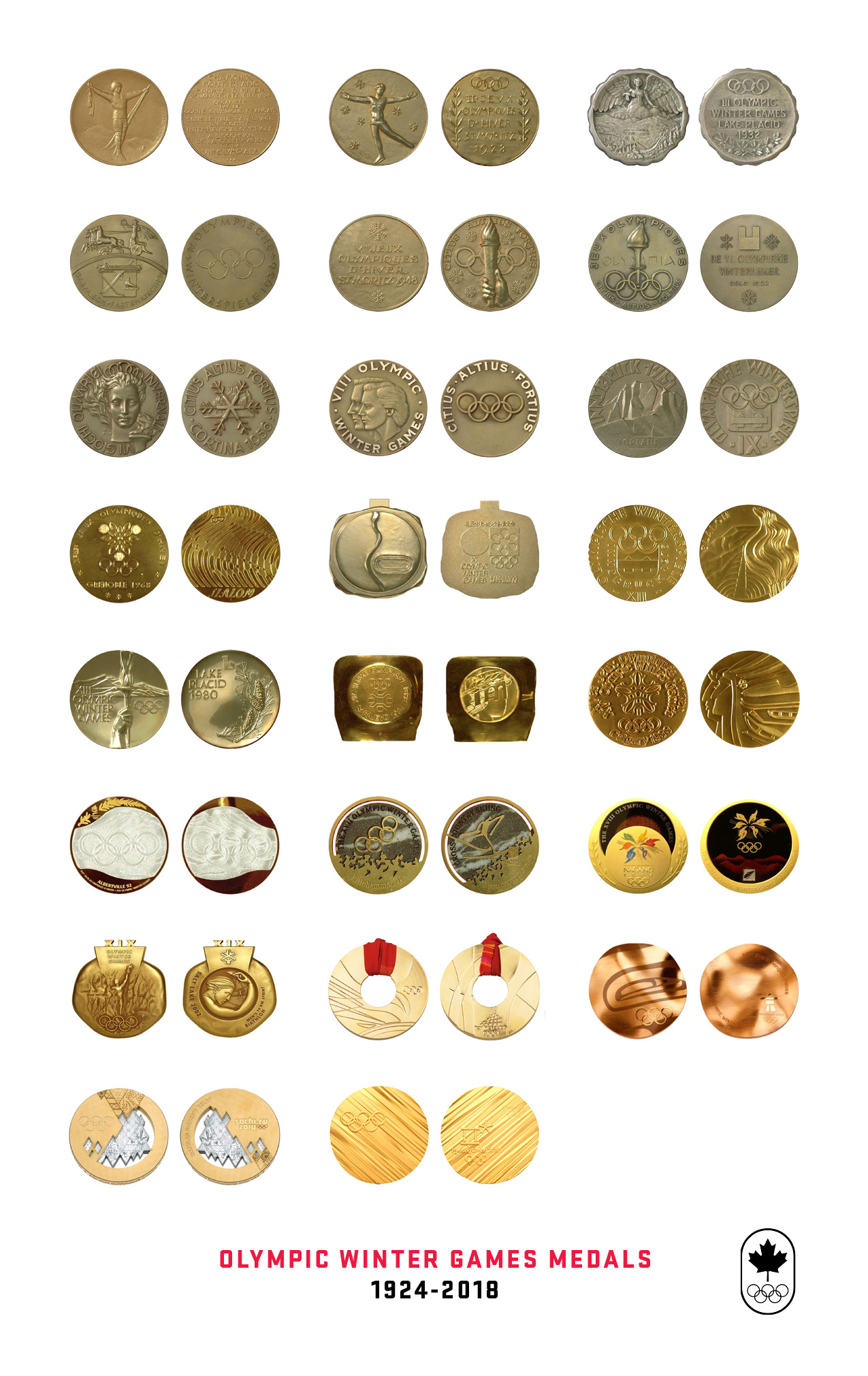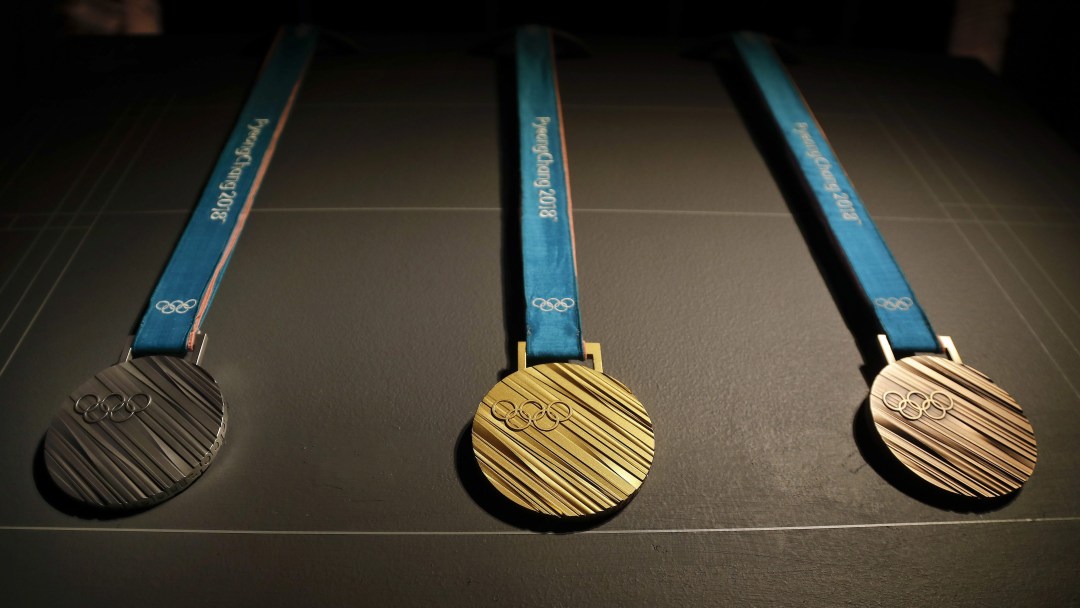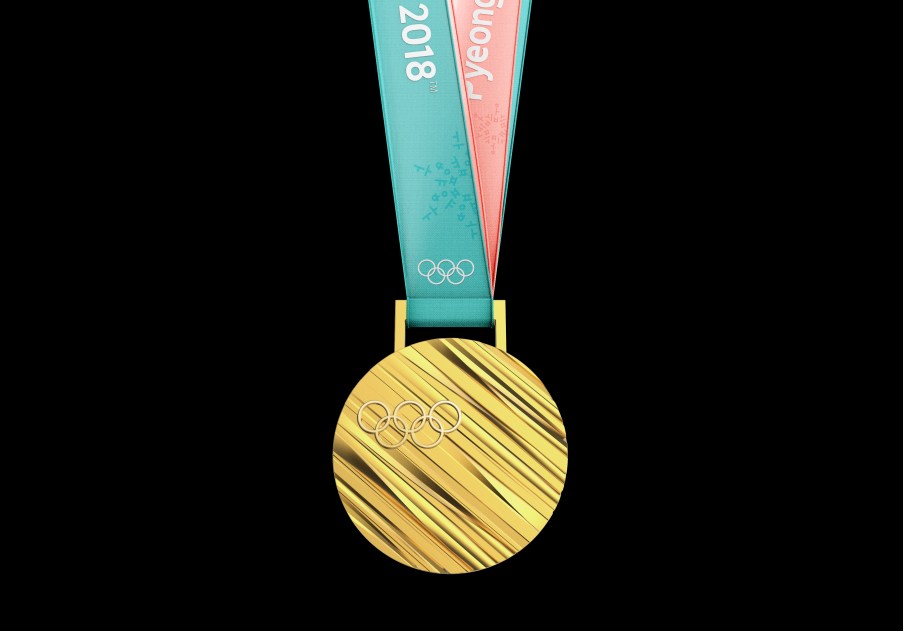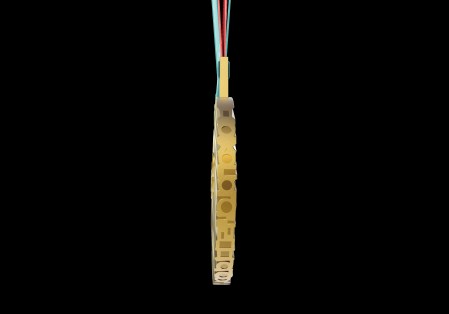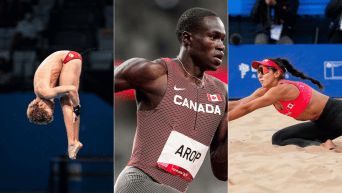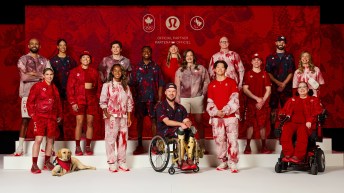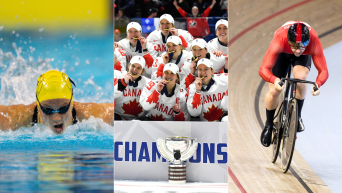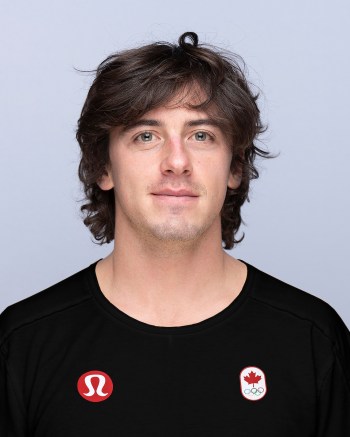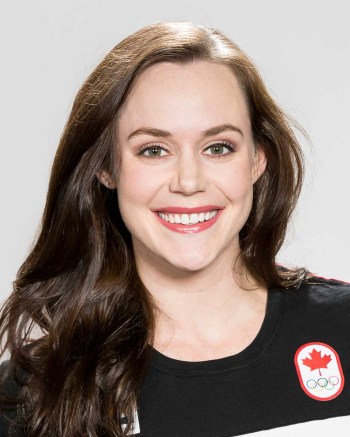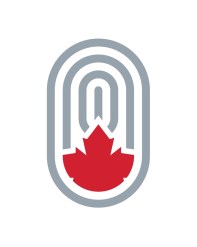PyeongChang 2018 medals unveiled
We now know exactly what Canadian athletes will have their eyes on in February, following the unveil of the medal design for PyeongChang 2018.
The reveal took place Wednesday night during a simultaneous ceremony held at both the Dongdaemun Design Plaza in Seoul and the Metropolitan Museum of Art in New York City, the latter attended by South Korea President Moon Jae-in.
Industrial designer Lee Suk-woo chose to feature Hangul, the Korean alphabet, as a major motif on the medals. Hangul has already been incorporated into the Games emblems and pictograms. According to the organizing committee, the consonants used in the official title of the Games “were selected to symbolize the efforts of athletes from around the world who bring their youth, solidarity and national heritage together to compete on the stage of PyeongChang 2018.”
Running along the edge of the medal, the consonants were turned into 3-D figures and cut into cylindrical forms. The back of the medals includes the specific sports discipline and event for which they will be awarded.
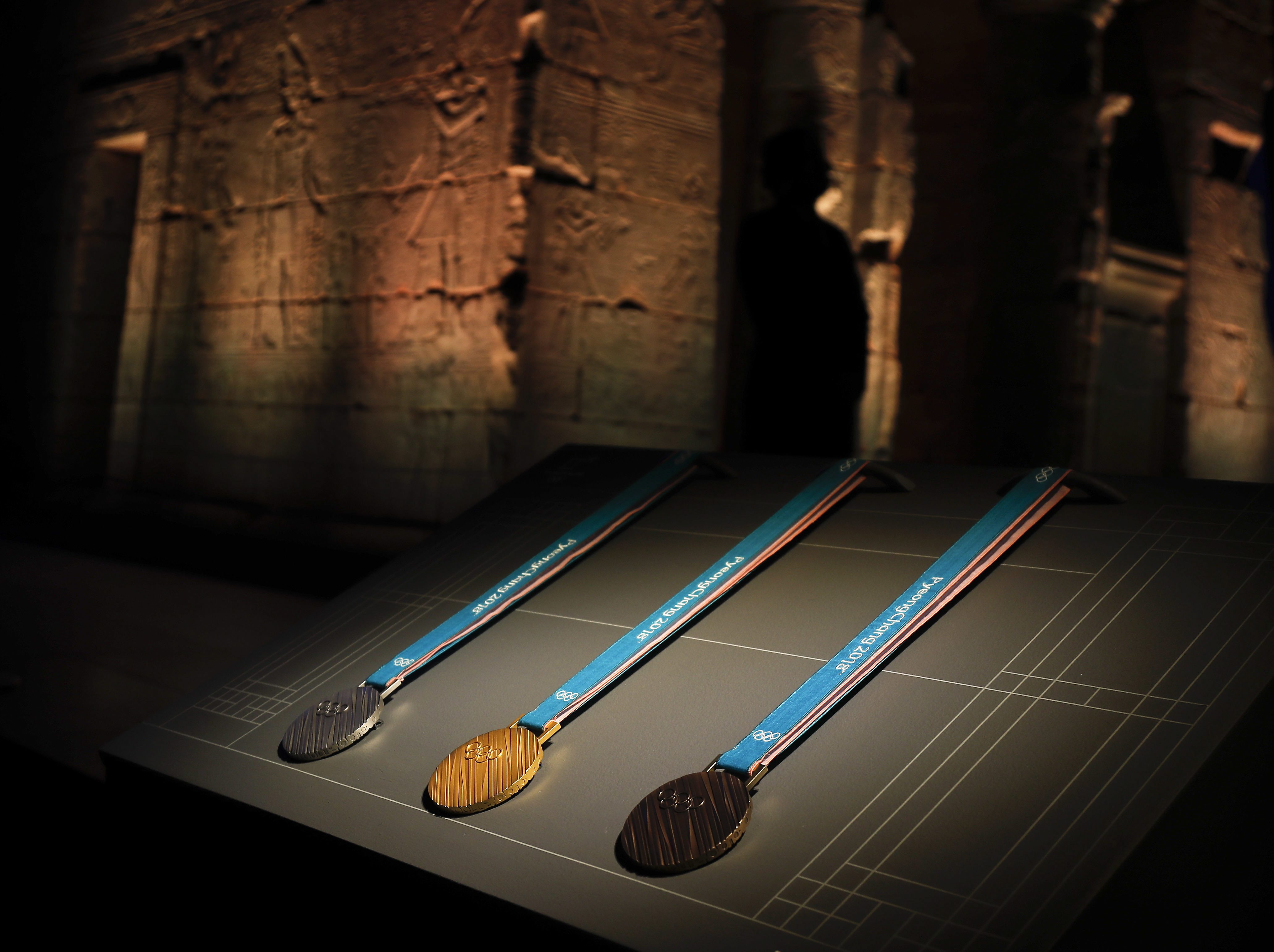
From left, the silver, gold and bronze medals for the Pyeongchang 2018 Olympic Winter Games sit on display after an unveiling ceremony, Wednesday, Sept. 20, 2017, in New York. (AP Photo/Julie Jacobson)
The medals were also inspired by the texture of tree trunks. Trees are said to represent the work that has gone into developing Korean culture and the Olympic Games.
The light teal and pink ribbon on which each medal will hang around an athlete’s neck has snowflake patterns embroidered on Gapsa, the same textile used to make the Hanbok, Korea’s traditional costume.
Traditional Korean architecture is the inspiration for the curved design of the medal case, which has a wooden finish, just like many temples and buildings in the countryside.
With a diameter of 92.5mm, these medals are slightly smaller than those of Vancouver 2010 and Sochi 2014, which were both 100mm. The thickness ranges from 4.4mm at its thinnest point to 9.42mm.
You can get an up-close look at the many details on the medals in this video:
There will be 259 complete sets created, of which 222 will be awarded to athletes in the 102 events. Five sets will be kept in case of ties with 25 sets submitted to the IOC and seven for display in Korea.
RELATED: Looking back at medal designs from the Olympic Winter Games
These medals are just the latest unique design in the history of the Olympic Winter Games. Check out what came before:
